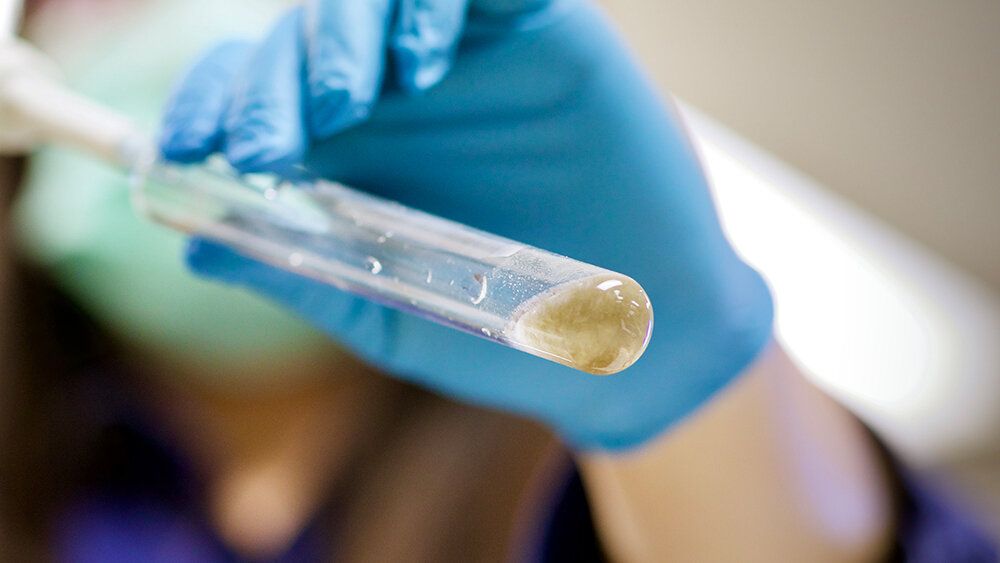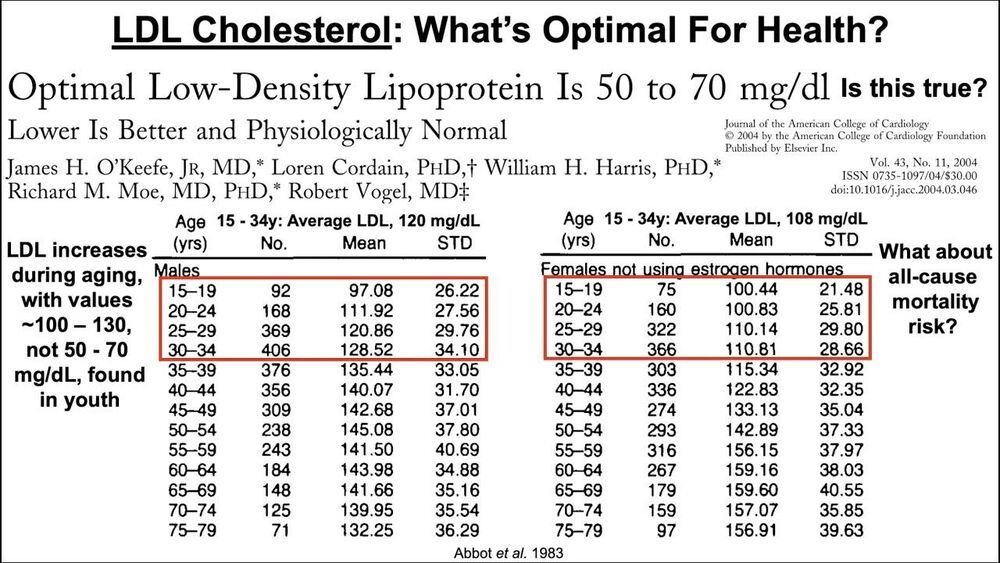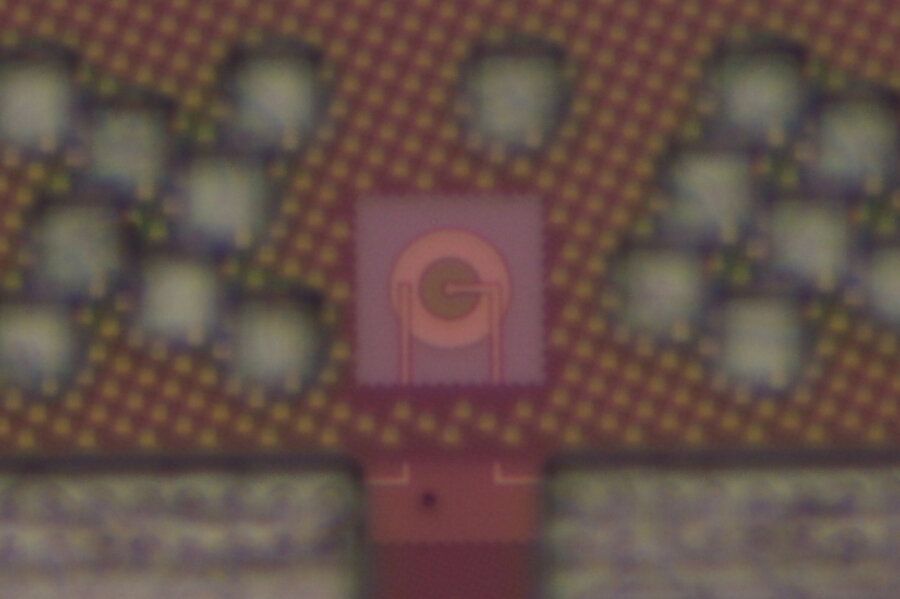Dec 15, 2020
People With ADHD Can Actually Focus So Hard it’s Scary
Posted by Raphael Ramos in categories: health, neuroscience
Is ADHD actually a superpower that goes out of control from time to time? Can it be turned into an advantage?
Unclench. Mary is just an urban legend—a case example of how people with Attention-Deficit/Hyperactivity Disorder can hyperfocus on a task for hours, losing all awareness of their surroundings. Hers is a story that people in the ADHD community tell themselves so we will feel less alone.
“We all hate the name ADHD,” says Elaine Taylor-Klaus, cofounder of Atlanta consultancy group ImpactADHD. Because the word “deficit” is in the name, many incorrectly assume having ADHD means you can’t pay attention. Instead, ADHDers often pay more attention to certain tasks than we should. It’s called hyperfocus.
Continue reading “People With ADHD Can Actually Focus So Hard it’s Scary” »


















